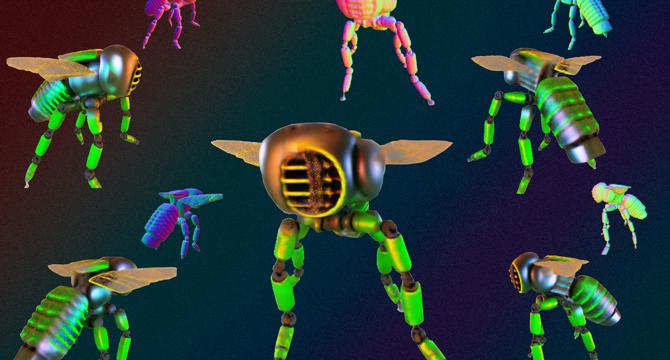Mit
4w
17

Image Credit: Mit
A new way to create realistic 3D shapes using generative AI
- MIT researchers have developed a new technique called Score Distillation to generate realistic 3D shapes for virtual reality, filmmaking and engineering design applications.
- The Score Distillation activities allow the creation of 3D shapes by using 2D image generation models that appear more lifelike and more realistic.
- MIT researchers have achieved high-quality 3D shapes using Score Distillation without additional training or complex post-processing.
- The researchers identify a mismatch between a formula that forms part of the SDS process and its counterpart in 2D diffusion models as the root cause of low-quality 3D models.
- Rather than randomly sampling the noise term, the approximation technique infers it from the current 3D shape rendering to generate sharp and realistic 3D shapes.
- The method relies on a pre-trained diffusion model and inherits the biases and shortcomings, making it prone to hallucinations and other failures.
- Future work can help facilitate the process of creating more realistic 3D shapes by improving the mathematical understanding of Score Distillation and other related techniques.
- This work is funded by the Toyota Research Institute, the US National Science Foundation, and various other organizations.
Read Full Article
1 Like
For uninterrupted reading, download the app